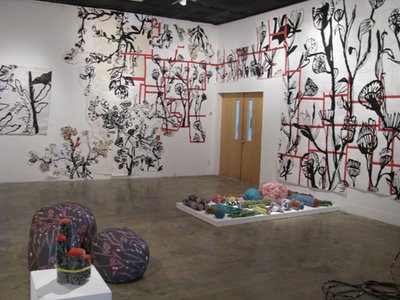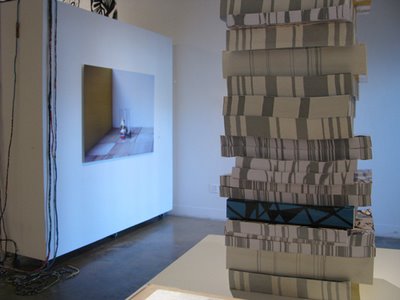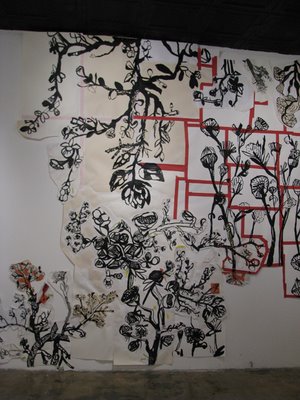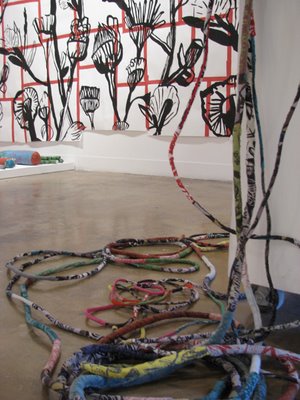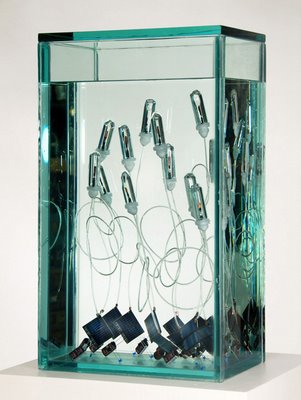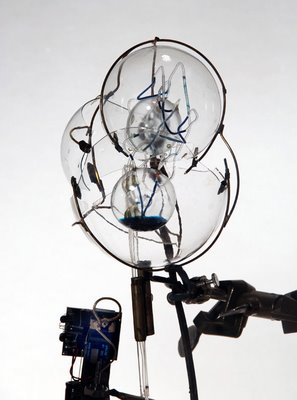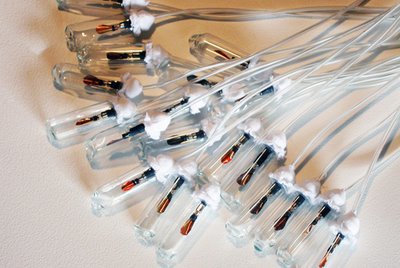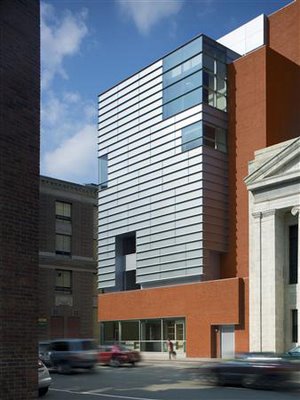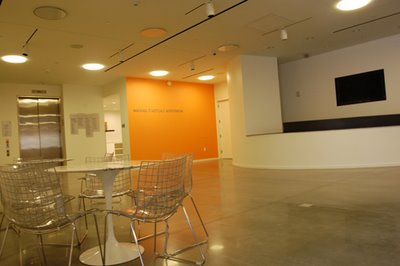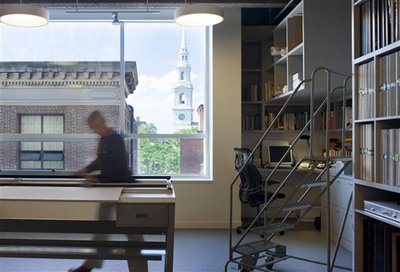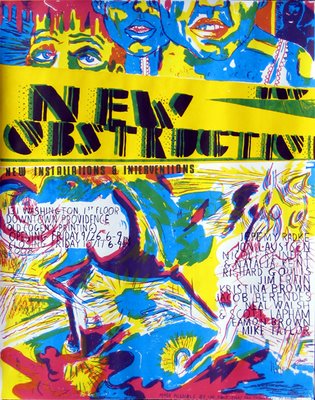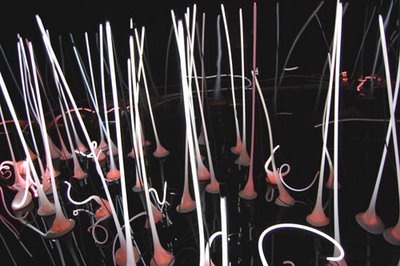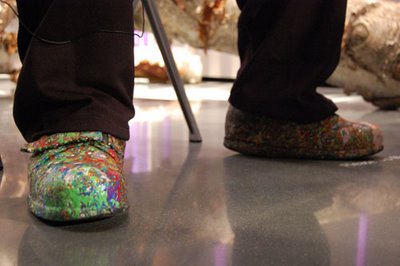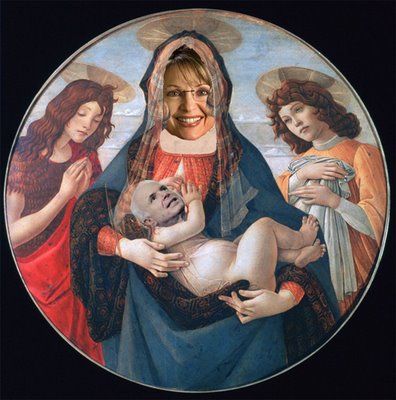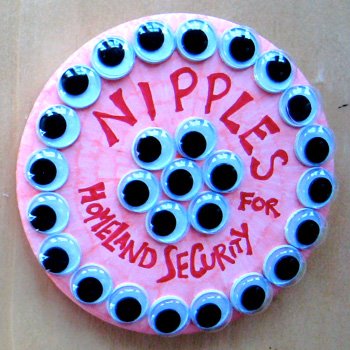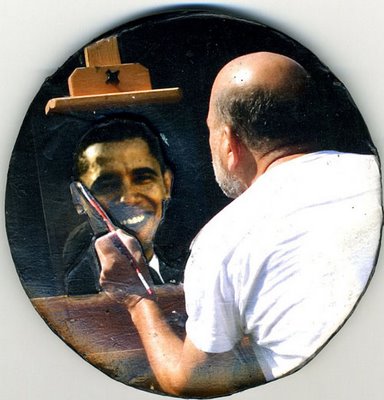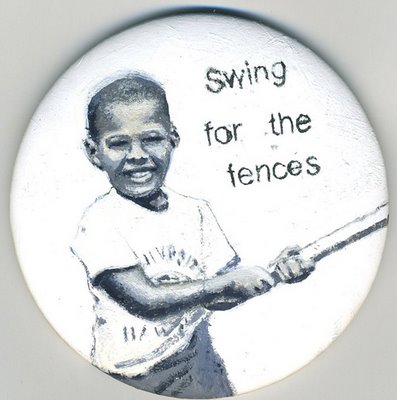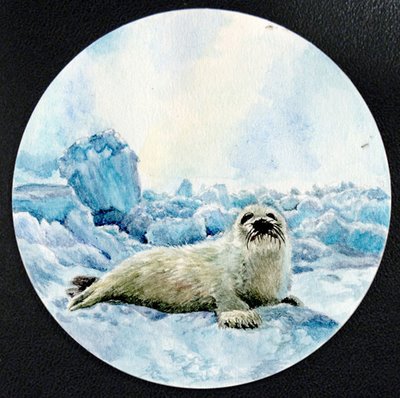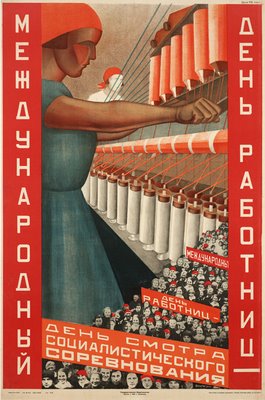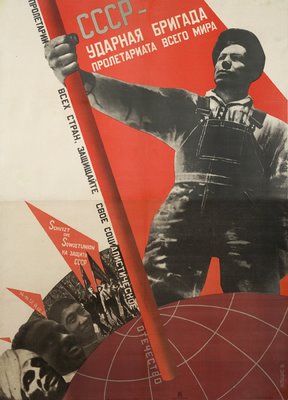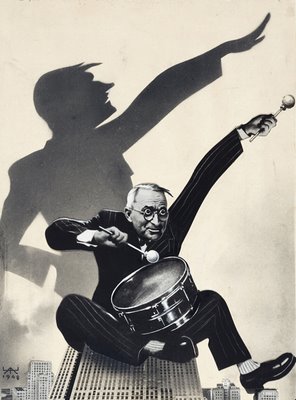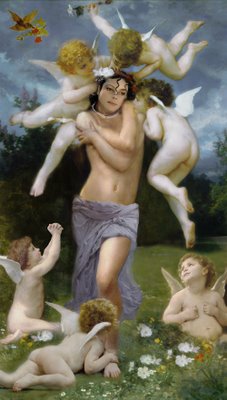
Boston artist
Ben Sloat has found a doozey of a subject in Michael Jackson. The gender bending, race-shifting (former) “King of Pop” churns up all sorts of complicated, uncomfortable feelings about race and sexuality. And even though he’s a schadenfreude freak show, as a subject he seems wicked cool.
In “I’m Not Like the Other Guys” at Boston’s
OHT Gallery, Sloat presents a series of painted, cast-plaster knock-offs of “Michael Jackson and Bubbles,” Jeff Koons’ 1988 ceramic sculpture of Jackson with his pet monkey. He paints them up in matching red and black attire (as Jackson wore in his 1982 “Thriller” video) and gold and white as in Koons’ original (Sloat calls it “Two OG’s” as in original gangsters). Other pieces transform the pair into a ThunderCat and Care Bear or Elvis and Ringo Starr. What these variations have to do with anything is anyone’s guess.
Sloat also riffs on Jackson’s transformation from teen to werewolf in “Thriller.” In the original music video, Jackson softly tells his sultry but prim bobby-socker girlfriend, “I’ve got something I want to tell you, I’m not like other guys.” Then he turns into a monster and chases her. Sloat converts this into View-Master slides and re-edits it into “Fear of a Black Panther,” a stuttering video punctuated by Vincent Price’s evil laugh from the music video.
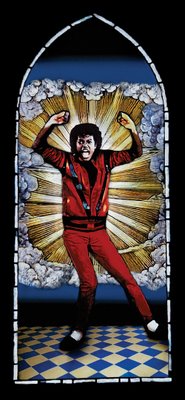
Sloat uses a shot of Jackson dancing as the basis for a stained-glass window (pictured left). In the painting “Seductive Whiteness” (pictured at top), the artist places a very white Jackson into a bucolic scene and surrounds him with hovering white putti sampled from 19th century soft-porn paintings by William Bouguereau. It’s a let down that both the painting and stained glass are really just gussied up digital collages. For example, the “painting” is a print-out with a bit of paint dabbed here and there. But I guess its cheap knock-off quality touches on middle-class taste and the art you can buy at your local mall. Which is where Jackson’s kingdom began.
But the main thing here is the discomforting prickly racial, sexual energy going on – the black man as monster and monkey, the black man transformed to white, the black man as sexy beast, the black (panther) man as dangerous political force. At this moment, it’s hard not to notice how such things rhyme in weird ways with portrayals of Barack Obama.
And of course that line “I’m not like the other guys” also has all sorts of other disconcerting resonances now – the black man as closeted homosexual, the black man too interested in little white kids.
Sloat lays out all these powerful ingredients – but I’m not sure that he cooks it into something more than its parts. For example, “Seductive Whiteness” brings up Jackson’s tabloid-fodder sexuality and his strange, sad racial conversion – and snickers. But what does it make us think that we haven’t already thought before?
Ben Sloat, “I’m Not Like the Other Guys,” OHT Gallery, 450 Harrison Ave., Boston, Sept. 5 to 27, 2008.
